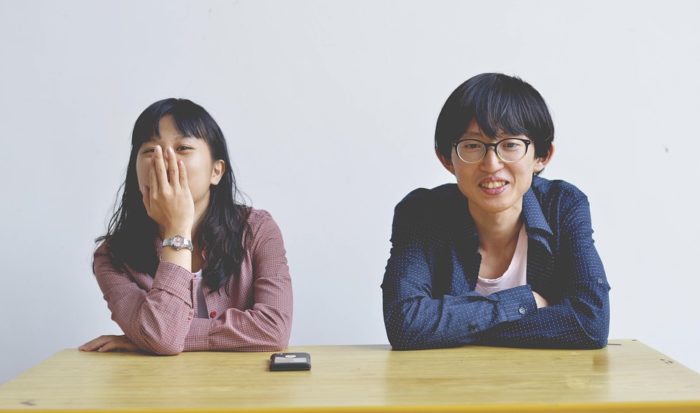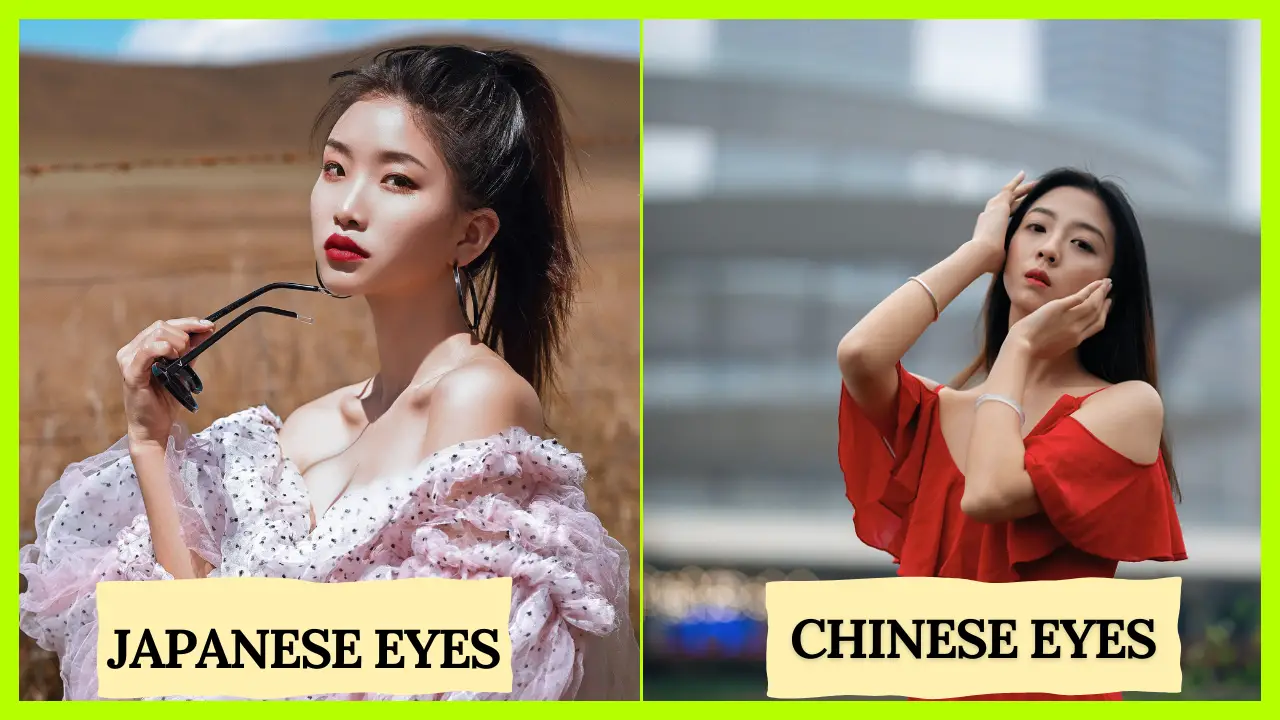Welcome to the mesmerizing realm of Chinese vs Japanese vs Korean Eyes, where we embark on an exploration of the captivating nuances that define the eyes of East Asia. Join us as we unravel the intricate details distinguishing the eye shapes of Chinese, Japanese, and Korean individuals. From physical characteristics to cultural significance and beauty standards, let’s explore the unique traits that make each eye type so fascinating. Join us on this journey of discovery and celebration of diversity in beauty!
Physical Characteristics of Chinese, Japanese, and Korean Eyes
When it comes to the physical characteristics of Chinese, Japanese, and Korean eyes, there are subtle differences that help distinguish each ethnicity.
One key aspect that sets these three populations apart is their eye shape. Chinese individuals typically have almond-shaped eyes with a slight upward slant at the outer corners. This feature is often referred to as an “epicanthic fold,” which creates a hooded appearance over the eyelid. In contrast, Japanese eyes tend to be rounder in shape, with a more subtle epicanthic fold than their Chinese counterparts.On the other hand, Korean eyes are known for their straighter shape and double eyelid fold that is highly sought after in beauty standards.
These variations in eye shape contribute to the overall facial aesthetics of each ethnicity and serve as distinguishing features within East Asian populations.
Each East Asian eye type has its unique allure that reflects the rich cultural heritage of China, Japan, and Korea.
General similarities between Chinese, Japanese, and Korean eyes
When it comes to the eyes of individuals from China, Japan, and Korea, there are some general similarities that can be observed. One common feature is the unique almond shape that is often characteristic of East Asian eyes. This shape is known for its elegance and simplicity, adding a touch of grace to the overall facial appearance.
Additionally, many Chinese, Japanese, and Korean eyes tend to have a distinctive eyelid crease or fold that varies in depth among individuals. This crease can influence how eye makeup techniques are applied to enhance the natural beauty of these eye shapes.
Furthermore, dark hair and darker irises are prevalent among people from these East Asian countries. The contrast between dark hair and eyes can further highlight the captivating allure of their gaze.
While each individual may have unique features that distinguish them from one another, there are undeniable similarities in the charm and allure exuded by Chinese, Japanese, and Korean eyes.
Cultural Significance and Beauty Standards
The cultural significance of Chinese, Japanese, and Korean eyes extends beyond physical appearance. In each culture, the eyes are seen as a reflection of one’s inner self and emotions. For example, in traditional Chinese culture, almond-shaped eyes symbolize wisdom and longevity.
Japanese beauty standards often emphasize larger, rounder eyes as a sign of youthfulness and innocence. On the other hand, Korean beauty ideals lean towards aegyo-sal (eye smiles) which are small pockets of fat beneath the eyes that create a cute and youthful look.
While there may be variations in beauty standards across these East Asian cultures, it is essential to appreciate the diversity within each unique set of ideals. Embracing different interpretations of beauty allows for a richer understanding of cultural values and perceptions regarding aesthetics.
Differences in Makeup Techniques for Each Eye Type
When it comes to makeup techniques for Chinese, Japanese, and Korean eyes, each culture has its unique approach that enhances their distinct eye shapes.
Chinese makeup often focuses on creating a bold and dramatic look by using dark eyeliners to accentuate the shape of the eyes. Soft smoky eye shadows are also commonly used to add depth and intensity.
Japanese makeup tends to emphasize a more natural and subtle appearance. The focus is on light, shimmery eyeshadows that brighten the eyes and create a youthful glow. Thin eyeliner applications are popular to create a delicate line that elongates the eyes.
Korean makeup techniques typically aim for a cute and innocent look. This involves using light pastel colors on the eyelids to make the eyes appear larger and rounder. Gradient lips are also common in Korean beauty trends to complement the soft eye makeup look.
Each culture’s unique approach to makeup reflects their beauty standards and preferences, showcasing the diversity in Asian beauty trends.
Different Plastic Surgery Trends for Chinese, Japanese and Korean Eyes
Plastic surgery trends for Chinese, Japanese, and Korean eyes have become increasingly popular in recent years as individuals seek to enhance or alter the appearance of their eye shape. Plastic surgeries targeted at altering eye shape are therefore tailored to address these specific preferences. In China, procedures may aim to create a fuller upper eyelid for individuals seeking a more Westernized look. In Japan, surgeries might focus on enhancing the natural almond-shaped eye by creating a slightly deeper crease or adjusting the angle of the outer corner. Meanwhile, in Korea, popular procedures include double eyelid surgery and epicanthoplasty to achieve larger-looking eyes with a clear fold line above the lash line. Despite sharing similar Asian characteristics, these three countries demonstrate varying approaches to cosmetic enhancements that reflect their respective cultural values surrounding beauty standards and aesthetics.
Common Misconceptions About Chinese, Japanese, and Korean Eyes
There are many misconceptions surrounding Chinese, Japanese, and Korean eyes that stem from lack of understanding and stereotyping. One common misconception is that all East Asian eyes look the same, which is far from the truth. Each ethnicity has its unique eye shape and characteristics.
Another misconception is that all Chinese, Japanese, and Korean individuals have monolids. While some people from these ethnicities do have monolids, there is a wide range of eyelid shapes within each group.
Additionally, it’s often assumed that double eyelid surgery is solely for cosmetic reasons in East Asia. However, double eyelid surgery can also be performed for functional purposes to improve vision obstruction caused by excess skin on the eyelids.
It’s essential to educate ourselves about the diversity within Chinese, Japanese, and Korean eyes to move past these misconceptions and appreciate the uniqueness of each individual’s features.
Differences Based On Sex And Age

Among the Chinese, women tend to have smaller eyes than men. For the Japanese, it is vice versa, that is, women have larger eyes than men on average.
Women of both ethnicities also tend to have longer and more curved eyelashes than men.
For both demographics, the appearance of the eyes changes with age, with the eyes turning downwards and losing at least some of the definition of their shape as the person progresses in age.
Conclusion: Embracing Diversity in Beauty Standards
In a world where beauty standards have long been dictated by Western ideals, it is essential to recognize and celebrate the unique features of East Asian eyes. Chinese, Japanese, and Korean eyes each have their own distinct characteristics that reflect centuries of cultural heritage and traditions.
By understanding the physical differences between Chinese, Japanese, and Korean eyes, we can appreciate the diversity within the East Asian community. Rather than conforming to narrow beauty standards that may not accurately represent all individuals, embracing the natural beauty of various eye shapes is a step towards inclusivity and acceptance.
Whether through makeup techniques tailored to specific eye types or discussions around plastic surgery trends for East Asian eyes, it is important to approach these topics with sensitivity and respect for individual differences. By acknowledging the nuances of Chinese vs Japanese vs Korean eyes, we can move towards a more inclusive definition of beauty that celebrates diversity in all its forms.
True beauty lies in authenticity and self-acceptance. Embracing diversity in beauty standards means recognizing and valuing the uniqueness of every individual – including their distinctive eye shapes. Let us shift our focus from comparison to appreciation, from conformity to celebration, as we embrace the rich tapestry of East Asian cultures reflected in their beautiful eyes.

